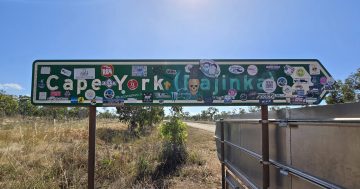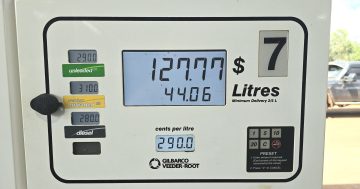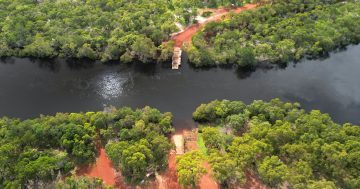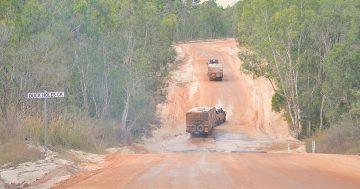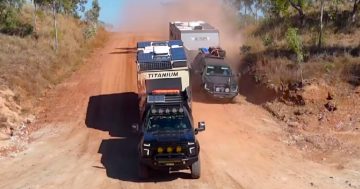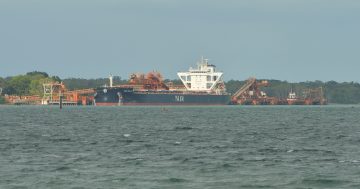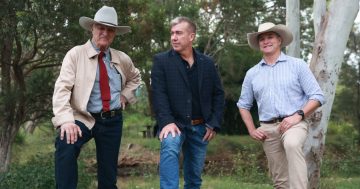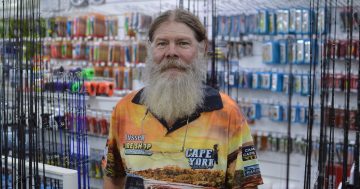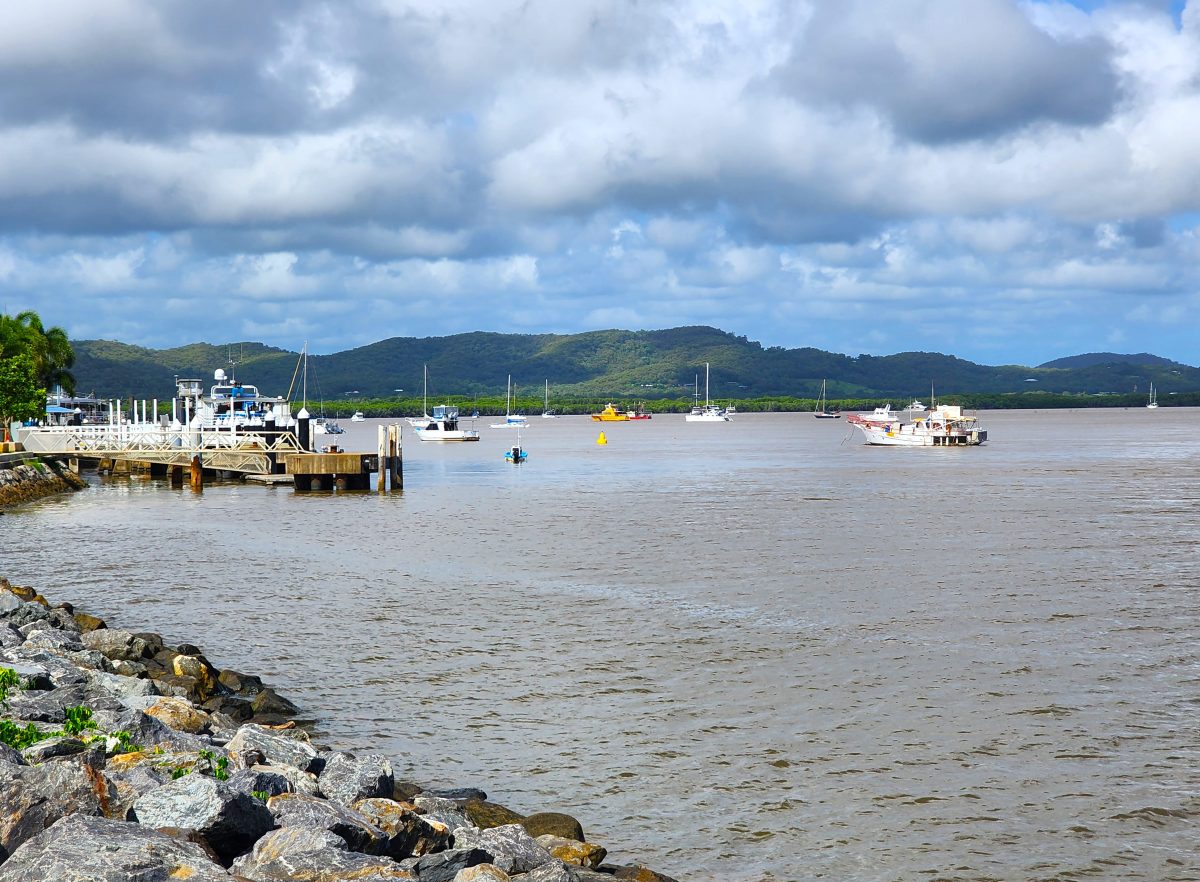
Cape York boasts some sensational must-see spots for visitors, but locals and tourists alike need to dig deep to show their support for businesses ahead of an unknown dry season. Photo: Lyndon Keane.
It doesn’t matter which part of Cape York you pick, if you ask a local business owner and they answer honestly, they are almost certainly going to admit they’re nervous about the looming tourist season.
The start of the annual migration to the northernmost part of Queensland by up to 100,000 visitors is normally met with hands being rubbed together by excited businesses and tourism operators, but the truth is no one is game to crystal ball the coming dry season and what it’s going to mean for them and the continued economic growth of Cape York.
Businesses around Cooktown and the Bloomfield Valley are anxiously waiting to see whether the aftermath of Tropical Cyclone Jasper will mean visitors scrap the south-eastern part of Cape York from their agenda due to many bucket list roads and experiences likely being unavailable as the post-flood infrastructure recovery continues.
In Weipa, businesses are nervous, but operating pressures like ludicrous sea freight costs, crime and competition from online shopping are driving the concern.
The only sensical answer to the consternation is for Cape York residents and visitors alike to spend, spend, spend, and ensure that money is being put across the counters of local businesses wherever possible, not into the bank accounts of retail giants whose executives couldn’t point to Lockhart River on a map if their next bonus depended on it.
Whether it’s buying a coffee when you fill up at Lakeland, buying your new pair of boots in Weipa, rather than with your phone or iPad, or throwing a few more dollars at your next tackle shop purchase in Cooktown, it all makes a difference.
We love our Cape York tourists – yes, even when you’re doing 30 kilometres an hour below the gazetted speed on the Peninsula Developmental Road because you’re trying not to get your $250,000 vehicle and caravan combination dusty – but we’d love you a lot more if you abandoned filling up your fuel and food supply when you passed through major centres to instead source it all locally on the road. Yes, it’s going to be more expensive, there’s no doubt about that, but what’s an extra 10 or so cents per litre on diesel between friends when it has the potential to keep local businesses alive and residents employed?
The characters up here are what makes the Cape York experience so unique for visitors. Many of our most colourful residents own and operate the small businesses that form the economic backbone of this part of the world. Many more are employed by these businesses and are the fabric that makes Cape York weird, wonderful and one of a kind.
Without these businesses and the characters who either own or work in them, tourists will fail to get the full experience of why our backyard is unlike anywhere else on the planet. We need to ensure they remain sustainable for visitor seasons to come, not just for those who make the annual four-wheel drive and caravan pilgrimage to Cape York, but for those of us who call it home.
Cost of living pressures are making it tough for everyone, but I urge you to dig deep and spend that extra $5 or $10 at our businesses, whether you are a local, or one of the tens of thousands of tourists expected to come and say hello over the coming seven or eight months. The sustainability of our Cape York business community depends on it.


